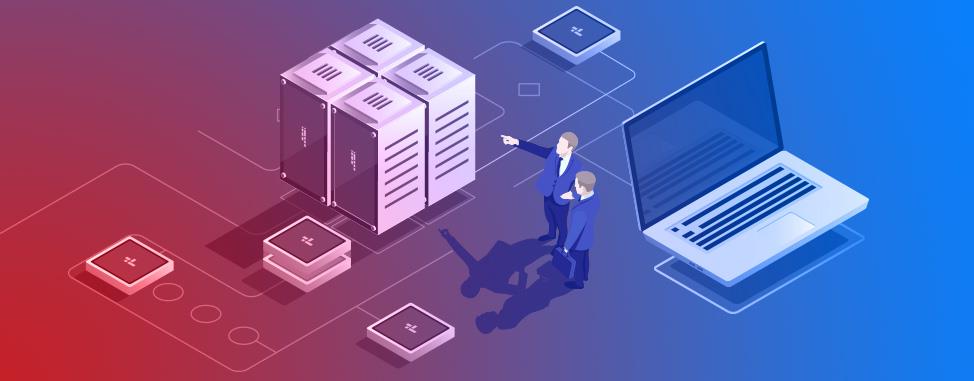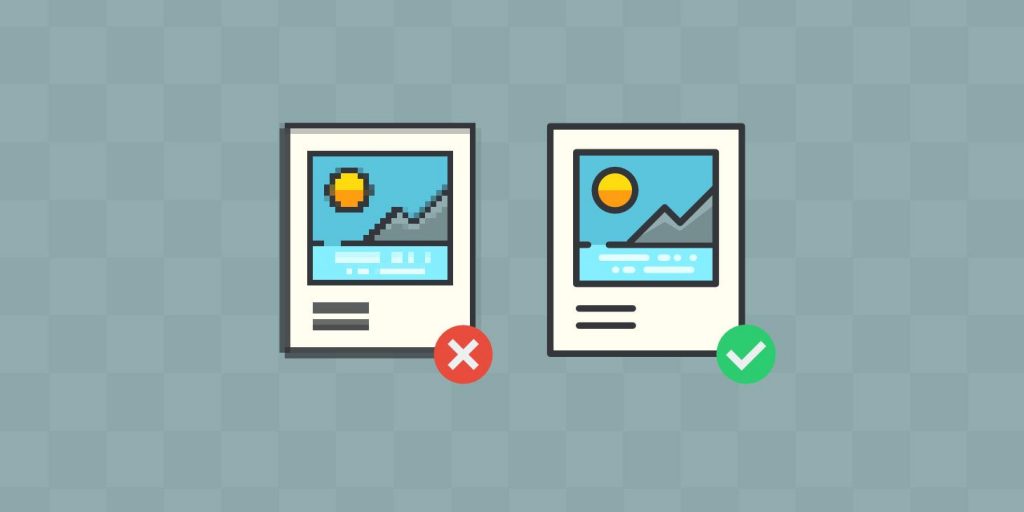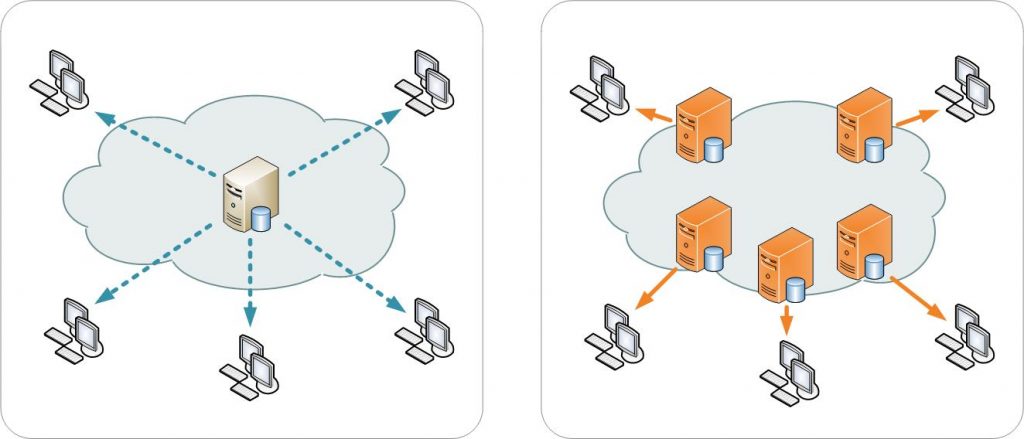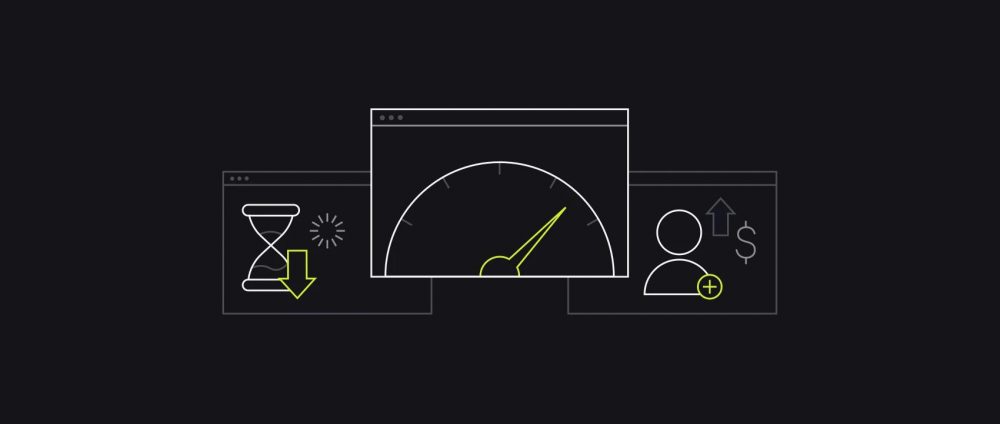In the success of your eCommerce business, your website’s speed plays a significant role. It not only increases your search engine rankings but improves user experience of your customers.
Even if your website looks visually great, but it takes too long to load, it might frustrate your visitors and they will abandon your site. So the question is, how fast a website should load? Well according to Google, “Two seconds is the threshold for eCommerce website acceptability.
However you must know there are numerous variants in site speed. The loading speed of a website varies from device to device. On a mobile it takes longer to load as compared to page loading of a website on desktop.
To explain this in a crystal clear way, let’s take an example. You might see that your landing page takes more time to load if compared to your product pages.
Therefore, it’s essential to take all those variants into consideration while testing your website’s speed.
You can test the speed of your website through tools that help you to analyze the current speed of your website. Some popular ones are,
- GTmetrix
- Pingdom
- Google PageSpeed Insights
Tips to boost the speed of your eCommerce site
1) Choosing fast and quality web hosting service
The infrastructure and hosting server highly influences the page loading speed of your eCommerce store.
Irrespective of how much you’re trying hard to optimize your site but your web hosting server heavily impacts your eCommerce store’s speed. When you explore the hosting plans you’ll come across 4 hosting plans – shared hosting, dedicated hosting, managed WP hosting, and VPS hosting.
Most eCommerce merchants often prefer to choose shared hosting servers because they’re cheap as compared to other hosting plans but they overlook this fact that choosing a shared hosting server can be risky.

It cannot only raise security concerns but affects your page loading speed adversely. That’s because you’re sharing limited resources provided by your hosting server with other websites that are sharing servers with you.
If another website is getting hits, it will affect your site’s overall performance. If your eCommerce store is your only source of income we strongly suggest you to choose a dedicated hosting plan.
In a dedicated hosting plan you’ll get sufficient resources that you can utilize to handle the traffic on your site without compromising on speed. Also we suggest you make sure to choose a hosting plan that is capable of fulfilling all your needs.
Also if you’re planning to switch to a new hosting server or looking for one, we suggest you to go for Hostgator, Liquid Web, or WP Engine.
2) Optimize and compress images
If you own an eCommerce store you must have uploaded thousands of product images. You might know but images play a primary role in slowing down your website speed. If All those product images you have uploaded are not optimized you better start taking this matter seriously.
If you don’t optimize images, the additional data will be uploaded along with them on your eCommerce site’s database. Whenever someone will try to access it, it will take longer to load.

Therefore, make sure to compress and optimize all the product images before uploading them. There are two ways to optimize images. Either you do it manually on a photo editing software like Adobe Photoshop or Canva or you install image compression plugins on your eCommerce store if it’s made on WordPress.
If you visit the plugin directory of WordPress, you’ll find plenty of image compression plugins available for free. Some popular ones are,
- reSmush.it
- EWWW Image Optimizer
- Compress JPEG & PNG images
- ShortPixel Image Optimizer
- WP Smush
3) Use Content Delivery Network
You might have come across this issue that if you try to access your website from another location it takes more time than usual to load. Well, it’s because the speed of the site varies from location to location.
Let’s say, Suppose your hosting server is located in California, when a visitor from Chicago will try to access your site, the loading speed will be the usual one. However, if a visitor from Malaysia tries to access your site, it will take longer to load because of the hosting server’s location.

To solve this issue, we highly recommend to reduce the distance between your hosting server and visitors, and CDN can solve it. CDN also known as Content Delivery Network. Using a CDN will help you in minimizing the distance as a cached version of your site is stored on various locations.
All in all, it reduces the distance and fastens the page loading speed of your site. If you’re looking for a CDN service we recommend you to choose either Incapsula, Amazon’s AWS, or Rackspace.
Conclusion
Managing an eCommerce store can be challenging especially improving page loading speed. If your eCommerce store is taking too long to load, you better start following the tips we have given in this article to prevent losing customers and revenues.
